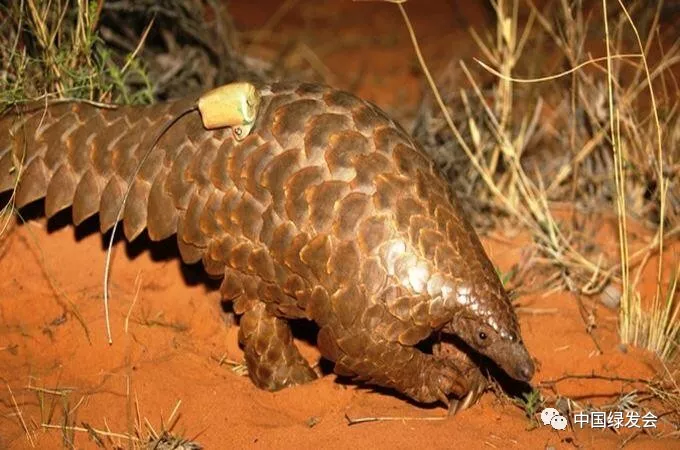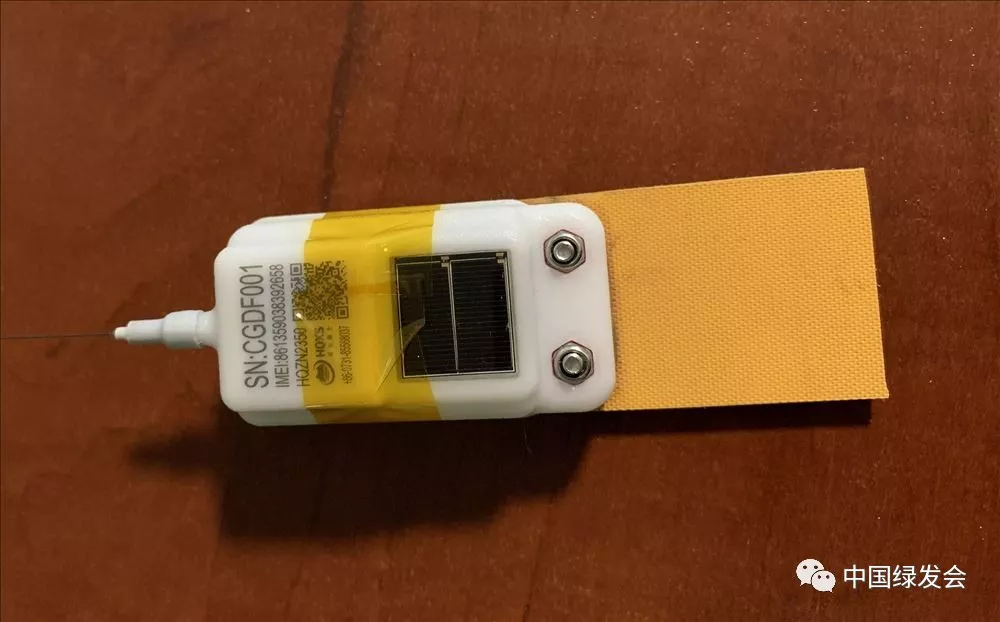On January 30, the Chinese Biodiversity Conservation and Green Development Foundation (CBCGDF) participated in the discussion on pangolin conservation with the National Forestry Administration and Forestry Departments of nine southern provinces. Heads of Department of Guangxi Zhuang Autonomous Region invites CBCGDF to join the activity of releasing pangolins back to the wild at the end of March, and CBCGDF offers pangolin trackers as support.
As early as late August of 2017, CBCGDF has proposed to equip 32 pangolins rehabilitated by Guangxi Forestry Department with trackers when they are released to the wild. From then on, CBCGDF has been committed to the study of pangolin trackers and related technologies in order to make it accessible to pangolin protection. CBCGDF has ever customized a tracker for Hunan Forestry Department to release pangolins into nature, but it failed to come in handy because of some reasons.
CBCGDF have faced great challenges in technology and producer selection since this is CBCGDF's first attempt to making pangolin trackers. As the nocturnal creature, pangolins spend most of the daytime sleeping, curled up into a ball. They live in burrows.
The details of pangolin tracker are as follows.
Battery
The battery of trackers designed for pangolins should be is different from that for animals enjoy the sunshine. Pangolin trackers require a battery with large capacity, which inevitably increases the volume and weight of trackers. After considering the influence brought by such equipment on pangolin and battery life, the battery of pangolin tracker weighs from 45g to 55g in 63mm*32mm*20mm, charged by solar power. The current of the battery when charging under the direct sunlight at noon is 15MA.
Installation
Trackers need to be fixed on a scale using screws for pangolin has a unique shape from other animals.
Data collection
Trackers can be installed after tests that data could be successfully transmitted back through GSM.
Positioning
The pangolin tracker is designed to determine wearer's position every three hours, eight positioning locations in a day, with notifications in 2D and 3D maps on the APP. The tracker with a fully charged battery can be used for over four months or an even longer period if lowering the positioning frequency.
The tracker needs to be charged for one week before installation. Take out the magnet, and then lay the tracker outdoors. Data and information are accessible to the observer when logging on the APP. The ideal charging voltage is about 4.2V. The observer may receive the location of pangolin in a timely way.
Professor Sun Jingmin from Taiwan Pingtung University of Science and Technology has rich experience in tracking pangolin in the wild. He has recommended the costly telemetry receiver Telonics TR-4 to CBCGDF, which is able to track 100 pangolins simultaneously. CBCGDF Pangolin Working Group has also tried multiple ways to track pangolins in the wild, such as taking pictures by trackers to observe the living environment and implanting chips. CBCGDF calls for high-tech companies to provide innovative thoughts and practical technology for pangolin conservation and hopes to see an increasing number of volunteers engaging in pangolin conservation to help pangolin back to the wild.
Please contact us if you have an interest in cooperation.
Email: sophia@cbcgdf.org


(Photo credit: CBCGDF)
Original Chinese article:
http://www.cbcgdf.org/NewsShow/4854/7908.html
By / Wang Yanqing
